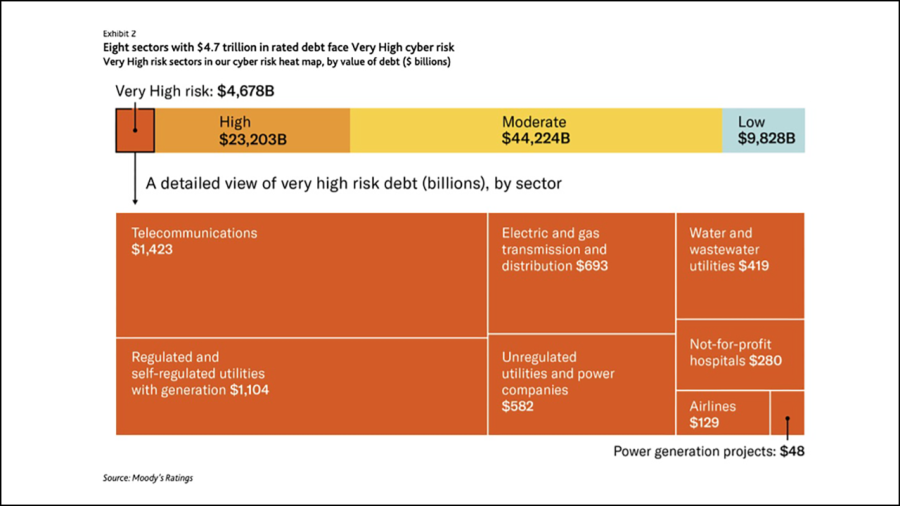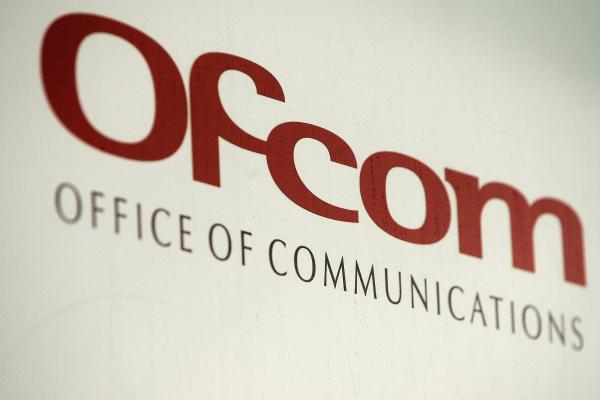
The credit ratings agency places the telecom sector in ‘very high’ category for cyber risk, up from ‘high’ two years previously
Increased digitalisation and weak risk-mitigation are among the contributory factors
Recently reported data security breaches at AT&T, Optus and T-Mobile US “underscore” the heightened security risk assessment, according to Moody’s
The latest news regarding breaches of US telco networks by Chinese hackers gives credence to the reassessment by the Moody’s team
What do telecoms, airlines and the power-generation industry have in common? Each sector has been shunted up into the ‘very high’ risk category in the latest ‘cyber heat map’ compiled by respected credit ratings agency Moody’s. In its 2022 cyber heat map (there was no 2023 version), Moody’s placed the telecom sector in the ‘high’ risk bracket, so this is an unwelcome promotion through the cyber risk ranks.
Among the main factors adding cyber risk to telecom, says Moody’s, is greater digitalisation. This is especially true when telcos are migrating “significant portions” of their operations to the cloud. Although cloud services can reduce some cyber risks tied to the business, acknowledges the credit ratings agency, they may also introduce new vulnerabilities. A good (or bad?) example of this, it says, was a recent AT&T breach where malicious actors gained access to data stored on a third-party cloud platform.









